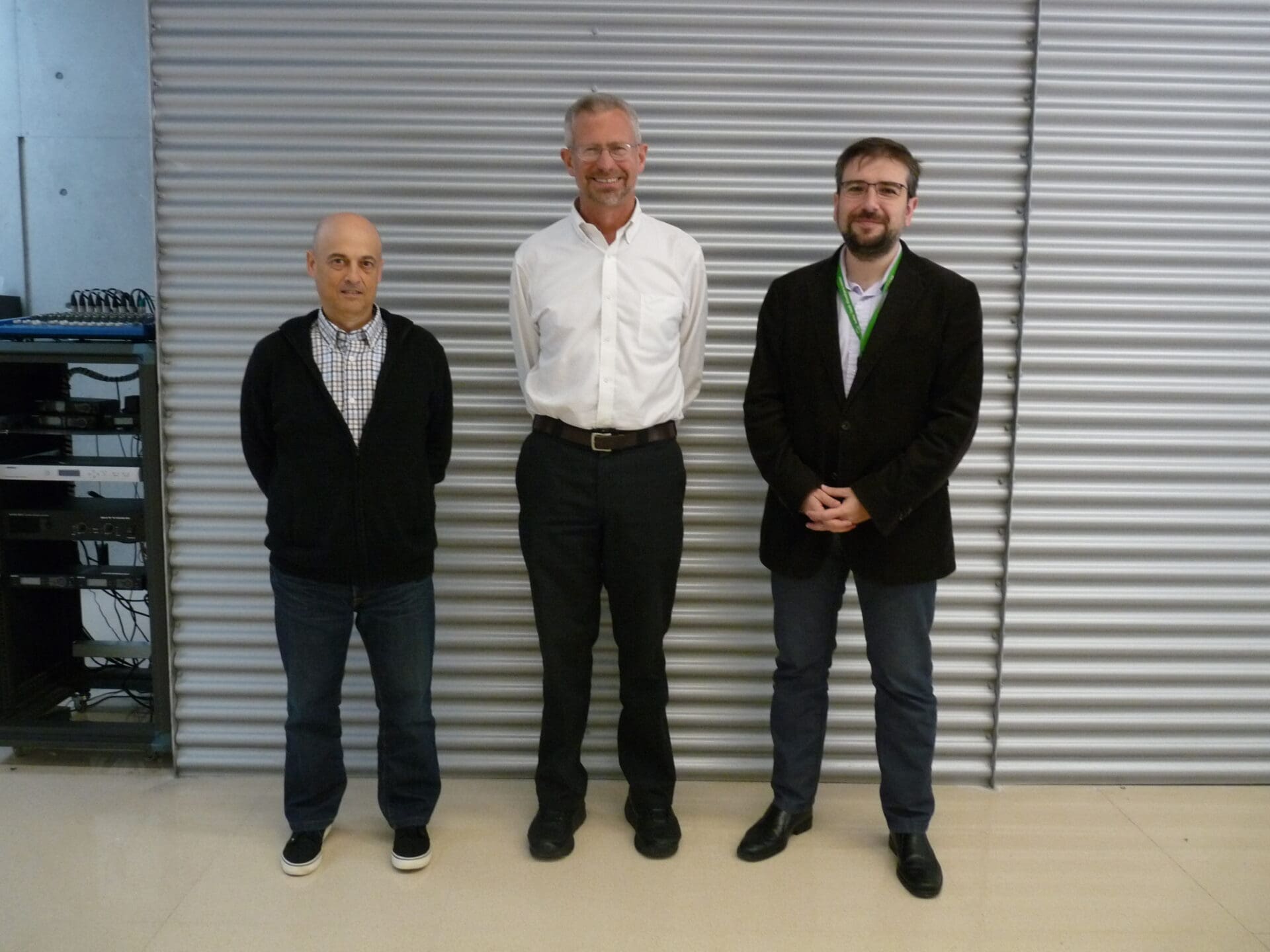
 02/05/2017
02/05/2017
 12:00
12:00
 ICIQ Auditorium
ICIQ Auditorium
- Lecturer: Prof. Christopher E. D. Chidsey
- University: Stanford University (USA)
Atomic-Layer-Deposited Metal-Oxide Alloys on Silicon Photoanodes for Water Oxidation
Efficient semiconductor photoanodes for water oxidation suffer from oxidation of the semiconductor leading to rapid loss of activity. Ultrathin iridium layers on atomic-layer-deposited titanium dioxide layers on high efficiency n-Si substrates protect the underlying semiconductor against oxidation but can either suppress photocurrent and reduce the photovoltage depending on the conductivity of the titanium dioxide layer. Alloying the titanium dioxide with ruthenium or iridium oxide creates catalytically active metallic alloys with large work functions that set near optimal Schottky barrier heights for photocarrier separation at the metal oxide/n-silicon interface while supporting high photocurrents and resistance to oxidation of the silicon. Stable photovoltages greater than 0.6 V are readily obtained with a single deposition step.
Other events

Let's create a brighter future
Join our team to work with renowned researchers, tackle groundbreaking
projects and contribute to meaningful scientific advancements



















